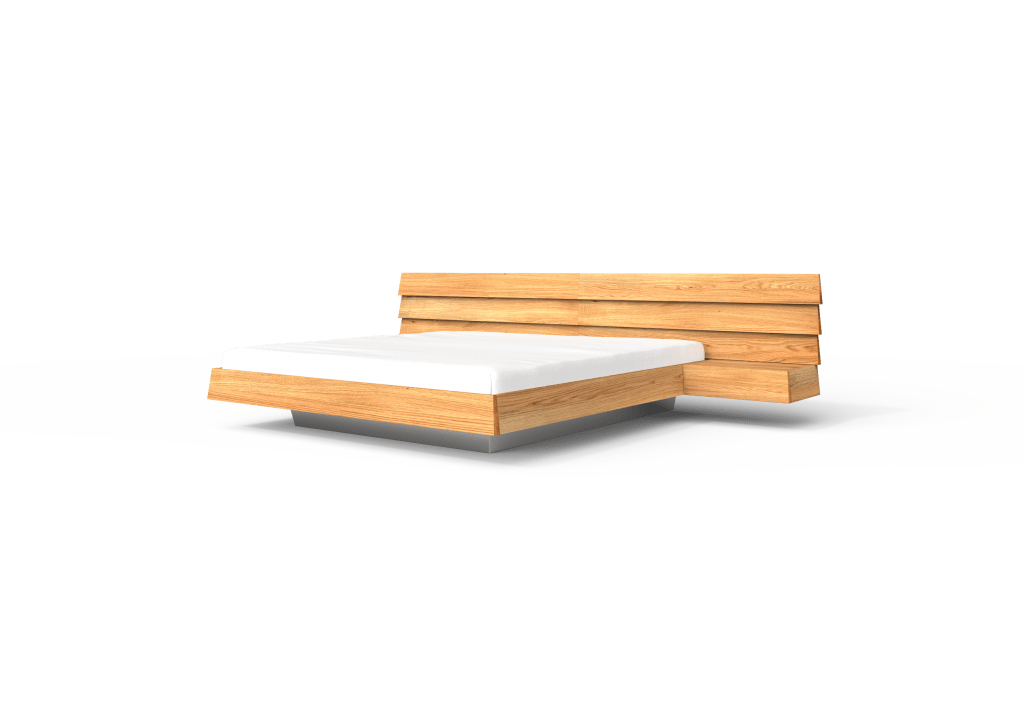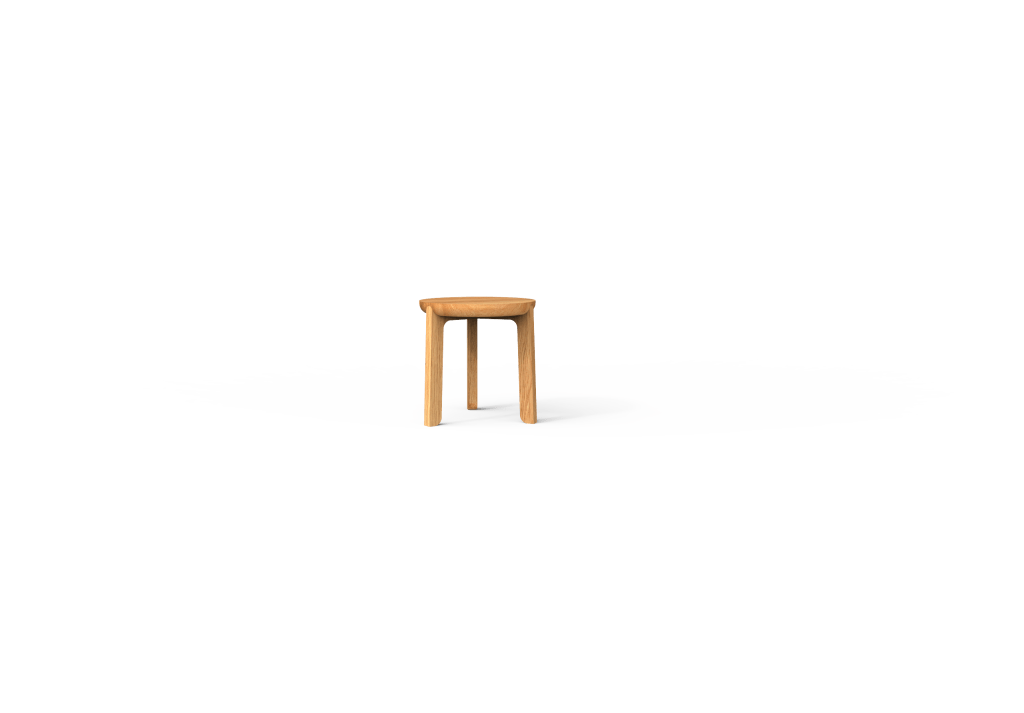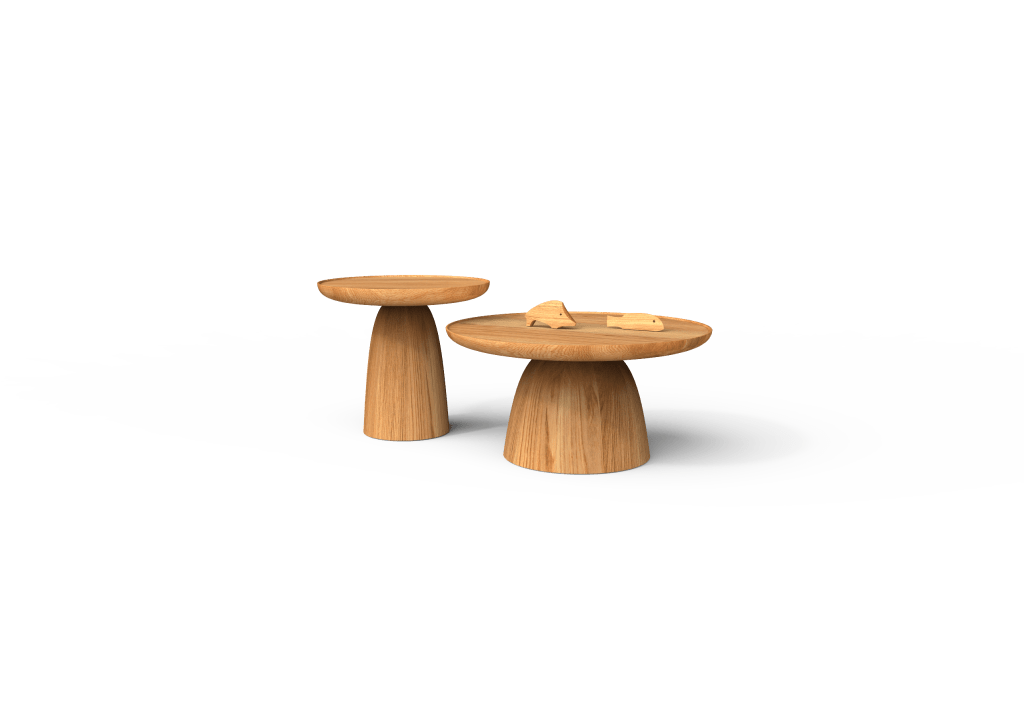Second Wind in Javorina
Javorina belongs in Slovakia among a few producer who have not resign on craft and design.
The Slovak company Javorina is among the very few furniture manufacturers who has not turned their back on real craft and contemporary design. The tradition of this manufacture mainly focused on large-scale oak wood processing goes back to 1974, marking their 70th anniversary this year. Quite sensible is their attitude that respects wood as a precious living material and nice is their gesture of working with certified lumber that comes from renewable forests, stuck and oiled with plant-based glue and oil, having established the planting of new oak trees. Their collections over the past years were made solely by Leo Čellár who has also been the director of the company. This year, however, the company who has a new investor decided to invite designers from the outside world. The decision to showcase their latest collection at the Designblok festival in Prague along with the range of chosen designers apparently followed the strategy to be more present in the Czech market. Among sought-out designers were Roman Vrtiška and Vladimír Žák (CZ), Boris Klimek and Lenka Damová (CZ), Swiss-based Tomáš Král and Eugenia Minerva from Italy, i.e. all of them with some successful experience in production, but Leo Čellár contributed with his new shelf variation, too. The collection is diverse when it comes to shapes; the names of the majority of objects refer to the traditional stereotypes related to Slovakia; yet in this context, they carry a poetical and non-violent connotation –Hríb (Mushroom) tables, Juro (Johnny) tripod, Zver (Beasts) toys, Tatran bed, Vetva (Branch) shelves. The designers respected the assignment to draw the maximum out of the material used, simultaneously working with the contemporary design morphology, each in their own way. For smaller manufacturers with high demands on quality, this is surely the way, now a widespread one across Europe, to go. Javorina with its new face is indeed a good beginning of a new era and a confirmation of its high professional standard. This is more or less how it should be working, but what we are a bit sorry about is that no new and Slovak creators made it to the company’s selection of designers. Either way, we do believe that they will get an opportunity with the next collections. Finally, one more remark – this could be the emancipatory way the contemporary manufacturing strategy of ÚĽUV (The Slovak Centre for Folk Art Production) should adopt. It definitely holds a craft potential.


